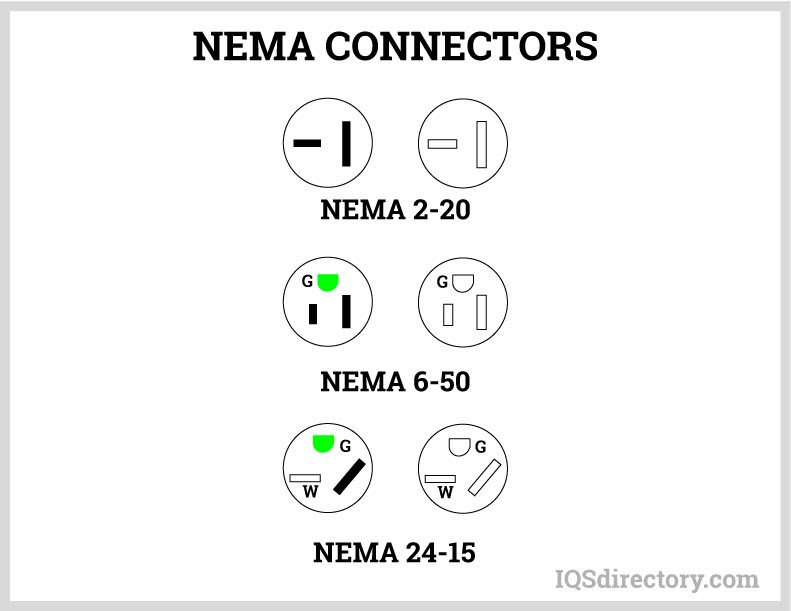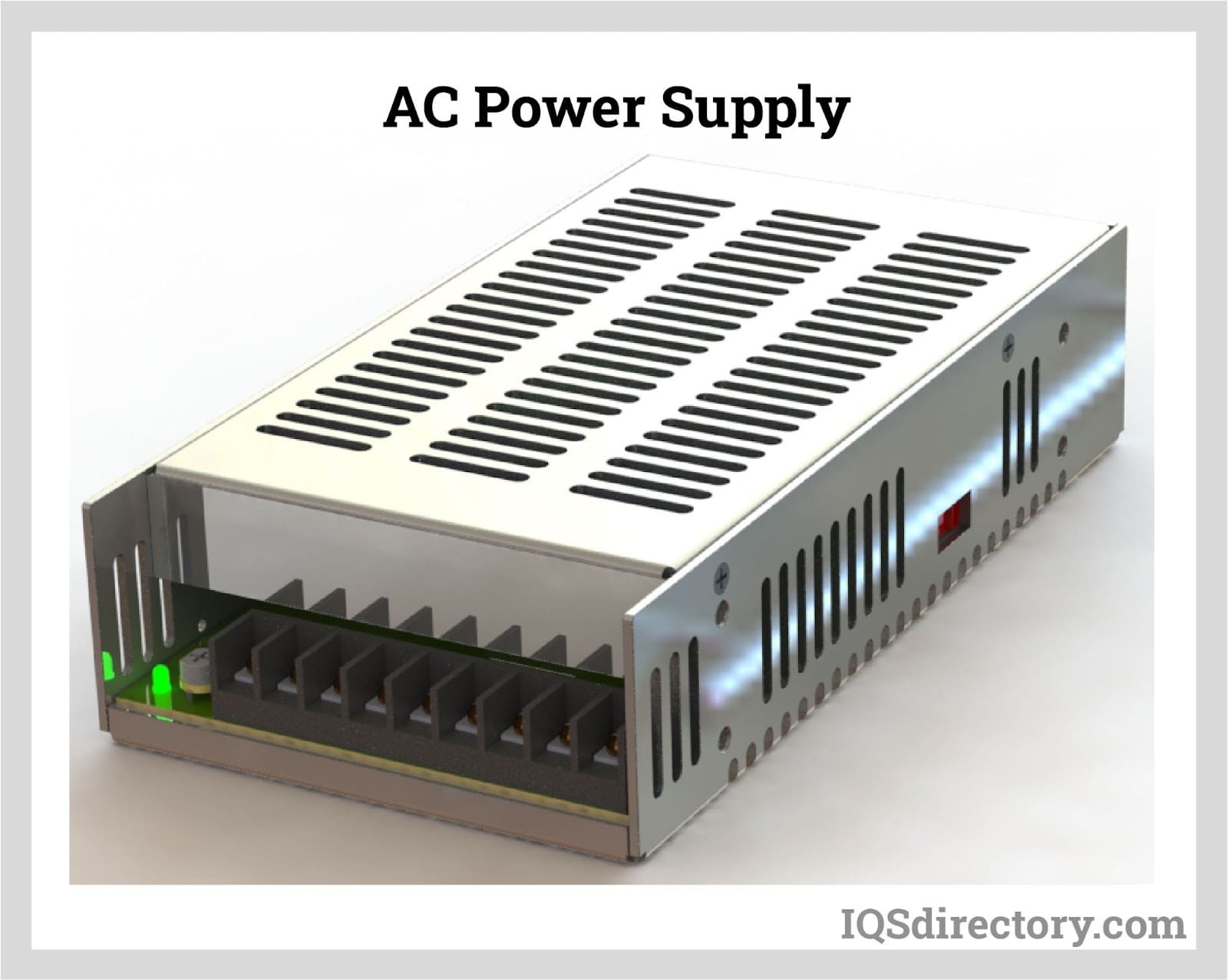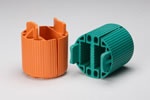An AC power cable is used to conduct electricity in the form of alternating current (AC) or electrical power with a sinusoidal waveform, as the name implies. The common electricity format in most, if not all, electrical outlets is an AC electrical system. Read More…
Our customers find we have the highest standards when it comes to quality, and delivery. Quail Electronics is a worldwide power cord supplier, offering power cords and various other products.

All of our power cords are tested and stand up to rigorous demands of everyday application. We serve a global market including the United Kingdom, Ireland, Germany, Switzerland, Austria and of course the United States.

Our plug adapters are guaranteed to bring you a lifetime of value. Our staff is committed to bringing you only the most reliable products that are available. We will find solutions for your cord needs regardless of how difficult the job may be.

At Conntek, we have many years of experience manufacturing electronic connectors for a variety of industries. We believe in offering a variety of services to our customers, and we extensively test all of our products for multiple environments. You can learn more about us when you contact us today or visit us online! We can't wait to hear from you!

Qualtek Electronics is a RoHS compliant & ISO 9001:2000 certified supplier of power components including cordsets, international and domestic power cords, circuit breakers, AC receptacles and more. We also provide fan accessories, heat shrinkable tubing, EMI power line filters and cable assemblies.

More AC Power Cord Manufacturers
What are AC Power Cords?
Wires, rubber or polymer wire insulation, plugs with casings, wire terminals, and prongs are used to make alternating current cords. Different voltages are commonly found in AC power sources. As a result, power cord producers must adhere to strict criteria such as current rating, wire size, length, shape, sheathing material, and voltage rating.
The plug is attached to the power supply or electrical receptacle, while the connector is attached to the electrical equipment. Different countries have different frequencies and voltages. As a result, to ensure compatibility, you must match your AC power cord to the country's standard.

Design of AC Power Cords
Alternating currents of electrical energy, or motions or flows in which electric charges occasionally reverse direction, are used in AC power cords. Energy is transmitted from a power supply source to equipment via a connecting cord via this movement.
The connecting cord is a cable assembly made up of a conducting medium, usually copper, surrounded by cord coverings, insulating material, and a protective outer polymer or rubber jacket. AC power cords are made of a flexible cord with one male and one female electrical plug on each end.
The majority of power cables are AC power cords, which come in various forms and voltages depending on the country. NEMA power cords are the industry standard for electrical plugs, cord voltage capabilities, and receptacle design in North America.
Type A, which has two conducting blades or prongs, and Type B, which has a third grounding rod, are the two most often used NEMA plug types. International power cords and cord sets comply with different standards in different parts of the world.

Voltage rating, current rating, wire form and size, length and jacket material, and the type of molded plug and female connector are all requirements followed by AC power cable manufacturers. The appliance or electrical equipment is connected to the female connector.
The male plug is plugged into an electrical receptacle, outlet, or power supply. Because different countries utilize different voltages and frequencies for their AC electricity, AC power cords must be compatible with those standards to function properly.
There are AC plug types A through M, which can be further divided into subcategories based on minor differences.
Considerations When Choosing AC Power Cords
When choosing a power source, the first thing to consider is the system's power requirements. Understanding the wattage, voltage, and amperage requirements of the system load is critical for the final system's performance and safety.

Critical safety considerations must be made with each component that handles the passage of electrical energy. Grounding, or polarization, is especially necessary for high-voltage appliances and electrical equipment that can cause shock when turned on. When an electric socket is polarized, it ensures that the equipment is attached to the neutral, or grounded, side of the circuit, reducing the risk of electric shock to anyone touching it. Only polarized or grounding-type AC power cords should be used with sensitive electrical equipment and devices.
EMI and EMC (Electromagnetic Interference and Electromagnetic Compatibility) regulations apply to many electronic products. These standards ensure that the product will not obstruct the proper operation of other products and that other products will not harm the product's proper operation.
When choosing AC power cords, the rated voltage is an important factor to consider. Other features of a cable's design, such as the kind and thickness of its insulation, are influenced by its rated voltage. The thicker thermoplastic insulation used in most high-voltage cables has superseded the earlier oil and paper insulation used before 1960.
Low voltage applications are those that use less than 1 kV, medium voltage applications are those that use 1-36 kV, and high voltage applications are those that use more than 36 kV. Low-voltage AC power applications are common, ranging from 100 V to 240 V. Large industrial motors, on the other hand, may require medium voltage cords and wiring.
Choosing the Right AC Power Cord Manufacturer
To make sure you have the most positive outcome when purchasing AC power cords from an AC power cord manufacturer, it is important to compare at least 4 manufacturers using our AC power cord directory. Each AC power cord manufacturer has a business profile page that highlights their areas of experience and capabilities and a contact form to directly communicate with the manufacturer for more information or request a quote. Review each AC power cord business website using our proprietary website previewer to get an idea of what each business specializes in, and then use our simple RFQ form to contact multiple AC power cord businesses with the same quote.
















 Electric Coils
Electric Coils Electric Switches
Electric Switches Electric Transformers
Electric Transformers Electronic Connectors
Electronic Connectors Electronic Enclosures
Electronic Enclosures EMI Shielding
EMI Shielding Membrane Switches
Membrane Switches Power Cords
Power Cords Static Eliminators
Static Eliminators Castings & Forgings
Castings & Forgings Bulk Material Handling
Bulk Material Handling Electrical & Electronic Components
Electrical & Electronic Components Flow Instrumentation
Flow Instrumentation Hardware
Hardware Material Handling Equipment
Material Handling Equipment Metal Cutting Services
Metal Cutting Services Metal Forming Services
Metal Forming Services Metal Suppliers
Metal Suppliers Motion Control Products
Motion Control Products Plant & Facility Equipment
Plant & Facility Equipment Plant & Facility Supplies
Plant & Facility Supplies Plastic Molding Processes
Plastic Molding Processes Pumps & Valves
Pumps & Valves Recycling Equipment
Recycling Equipment Rubber Products & Services
Rubber Products & Services